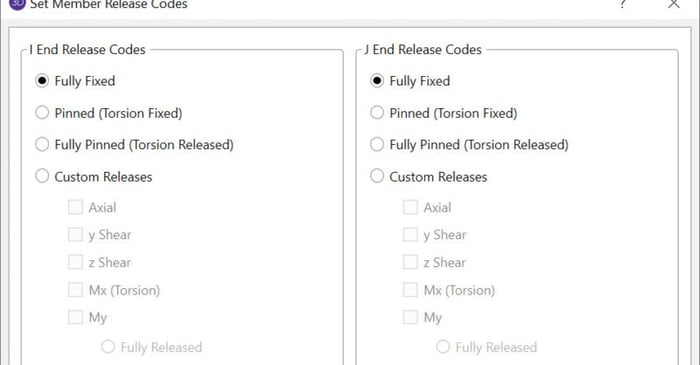
February 15, 2011
What is the Difference Between a Boundary Condition and an End…
In RISA-3D, there are numerous options for Member End Releases which should not be confused with Boundary Conditions.
Year-End Is One of the Few Times Engineers Can Actually Rethink Tools Most engineers don’t change core analysis software in the middle of a deadline-driven project. End of year is different. Budgets are closing out, project schedules tend to soften slightly, and teams finally have a moment to evaluate what worked — and what slowed them down. That combination creates a rare window to reassess tools without the pressure of an active permit submission. For many firms, it’s also when leadership asks bigger operational questions: Are we spending too much time reworking models? Are our engineers relying too heavily on spreadsheets? Are we confident scaling into slightly larger or more complex jobs next year? Budget Resets and Training Calendars Create Natural Momentum Year-end decisions often align with practical realities. Software budgets reset in January, making it easier to justify a purchase that didn’t fit earlier in the year. Training calendars are also easier to plan before the new project backlog fills up. Engineers can start the year productive instead of learning a new workflow mid-project. This timing matters. Firms that switch tools before the new year often avoid the “we’ll deal with it later” trap — and later rarely comes…
Read More

In RISA-3D, there are numerous options for Member End Releases which should not be confused with Boundary Conditions.

To understand decks it is important to know what a deck is. In typical buildings, most of each floor will consist of only one type of deck.
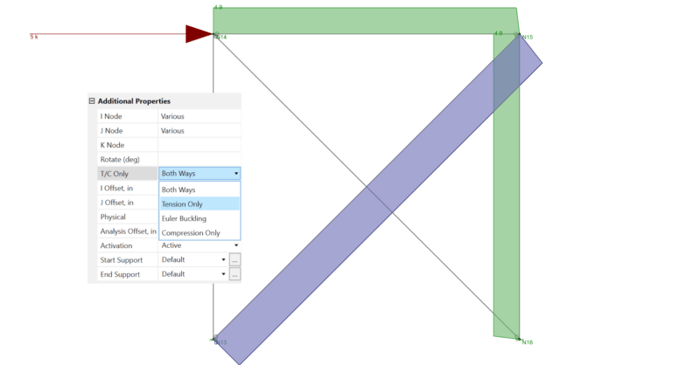
Before reading this, be sure to check out the article linked below on X-Bracing. In RISA-3D, you can set a member to be tension-only by selecting it and selecting Tension Only or Euler Buckling from the Additional Properties section of the Member Properties.
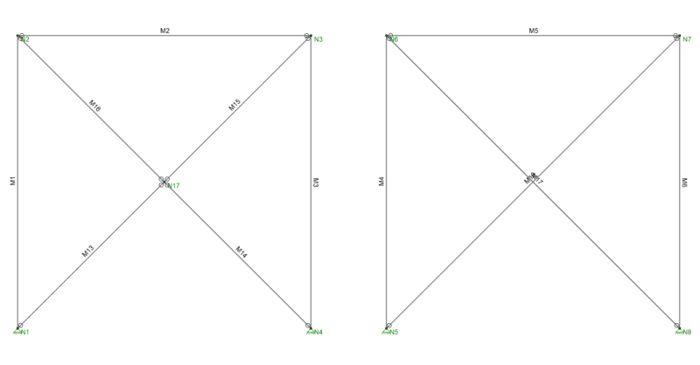
There are several tips to modeling X-Bracing within RISA-3D that can help the model solve faster and give you better results.
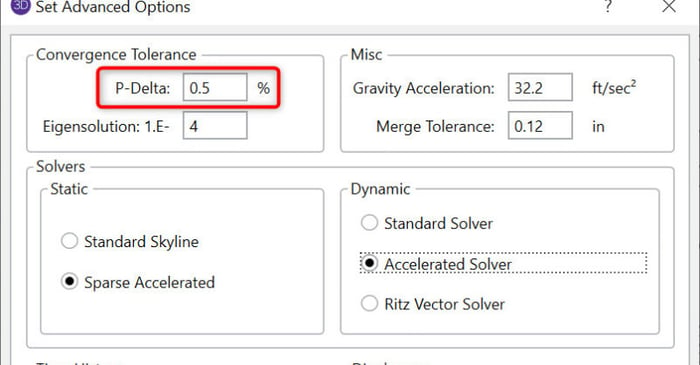
When a model is loaded, it deflects. The deflections in the members of the model may induce secondary moments due to the fact that the ends of the member may no longer be vertical in the deflected position. These secondary effects for members can be accurately approximated through the use of...
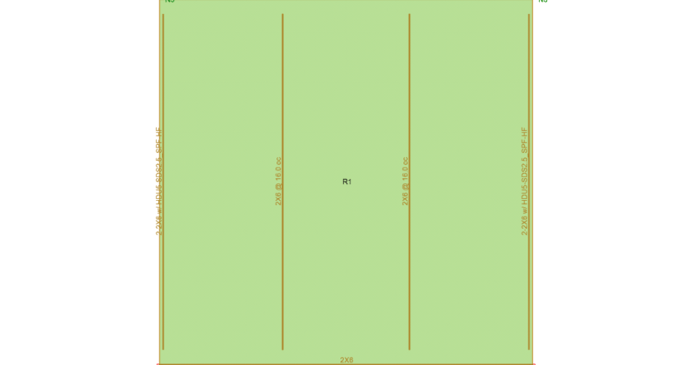
Continuous tiedown systems are used to help resist overturning forces generated by lateral loads, and can be estimated in RISA-3D using the hold-down database and the strap forces.
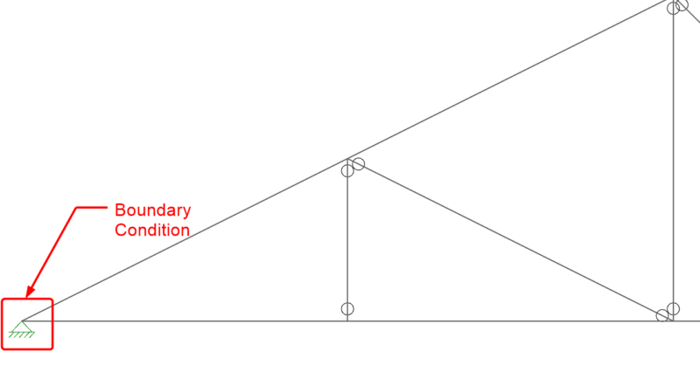
When it comes to trusses in RISA-3D, boundary condition definitions (pin vs. roller) can make a huge difference. Let’s take an example of a typical roof truss. Note that a pin-pin boundary condition has been applied to the ends.
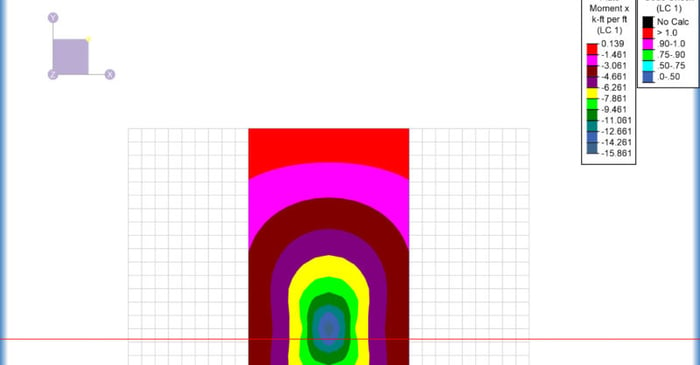
When you have a plate model for a slab or wall in RISA-3D, the Internal Force Summation Tool (IFST) is a very useful analysis tool to get exactly the forces that you want to design for. To use the tool, you must:
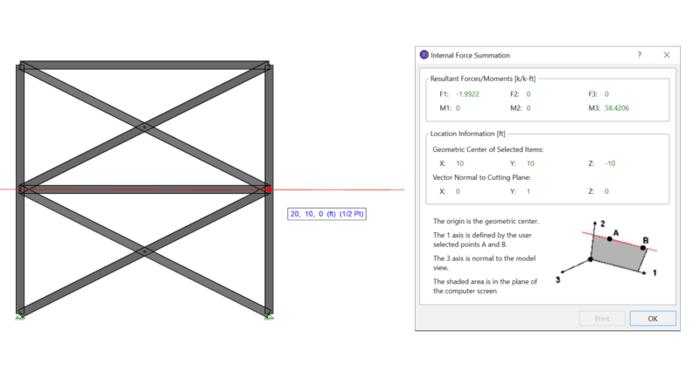
When using rigid diaphragm analysis in RISA-3D it can be useful to evaluate the story shear in each frame. This is a perfect application for the Internal Force Summation Tool. The first step is to solve the desired load combination.
Our monthly "Structural Moment" newsletter is the best way to keep up with RISA’s product updates, new releases, new features, training events, webinars and more...